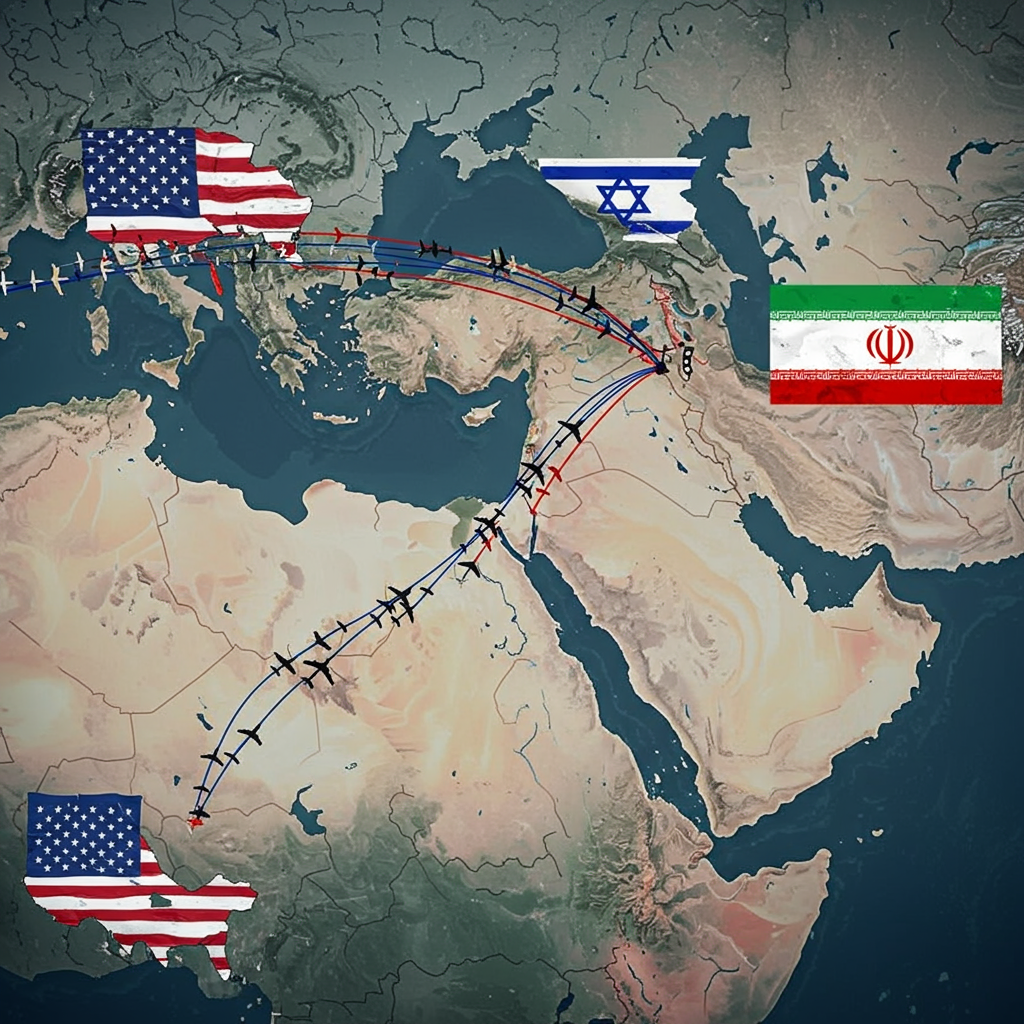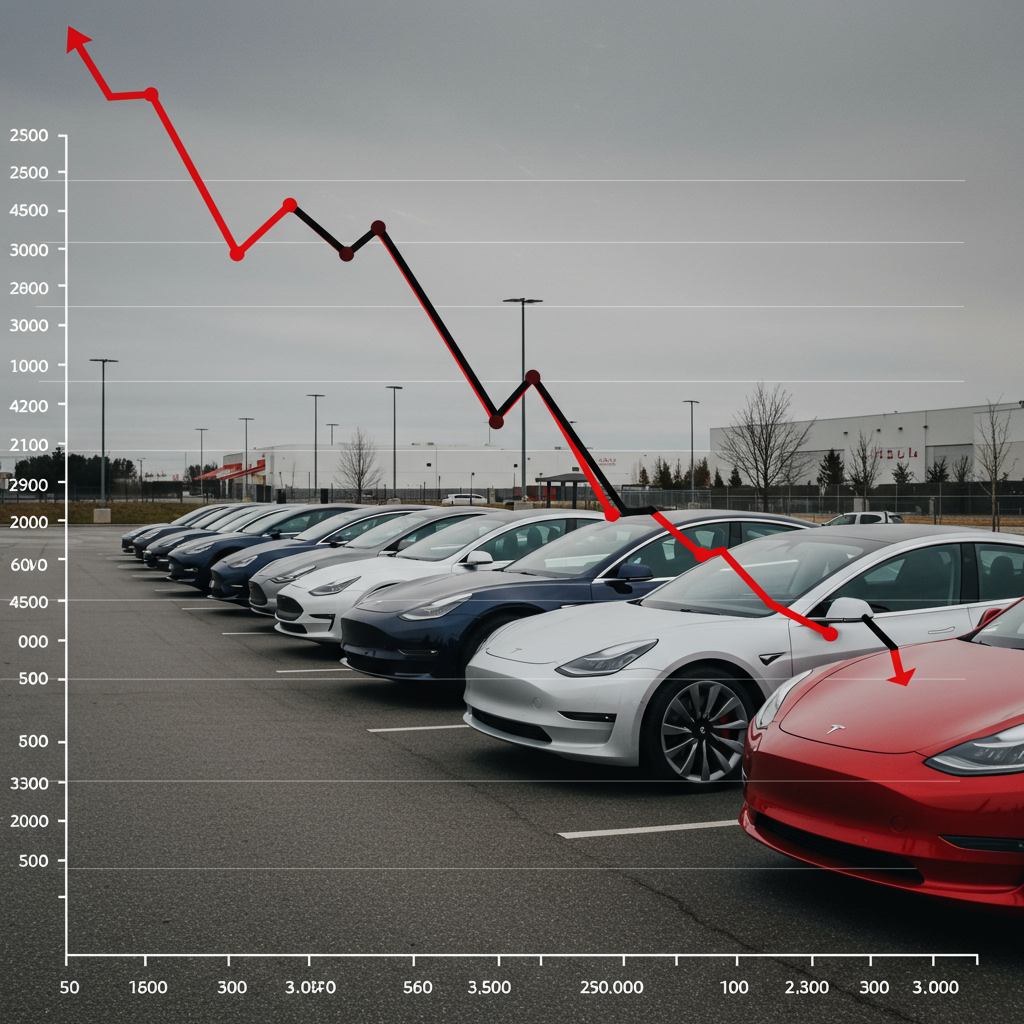Rare earth elements, the unsung heroes powering everything from smartphones and electric vehicles to advanced defense systems, are indispensable in the modern world. While mining these crucial minerals occurs in various locations globally, the real power bottleneck lies in their processing and refining. This complex stage transforms raw ore into the usable materials essential for high-tech manufacturing. Understanding who controls this critical processing capacity reveals deep geopolitical dynamics and strategic vulnerabilities across the global supply chain.
An exclusive analysis by MINING.COM and The Northern Miner delves into this control using a unique geopolitical framework. Their assessment charts the intricate landscape of refined rare earth magnet output, segmenting the world into four distinct “Spheres of Control.” These groupings reflect geographic, social, cultural, and economic ties, highlighting potential global alignments in an increasingly polarized era. Examining these spheres provides crucial insights into supply chain security and national interests.
Why Rare Earths Matter (And Why Processing is Key)
Rare earth elements (REEs) are not necessarily rare in geological terms, but commercially viable deposits are concentrated, and extracting them is often environmentally challenging. They consist of 17 metallic elements critical for numerous advanced technologies. Their unique magnetic, luminescent, and electrochemical properties make them irreplaceable in components like powerful magnets, catalysts, and phosphors. From the tiny motors in consumer electronics to the sophisticated guidance systems in fighter jets and missiles, rare earths are foundational.
However, simply mining the ore isn’t enough. The raw material must undergo extensive chemical processing and refining to separate the individual elements and purify them to the high specifications required by manufacturers. This processing phase is energy-intensive and generates significant waste, posing environmental hurdles. Over decades, this specialized processing capacity has become heavily concentrated in a single region, creating a significant dependency for the rest of the world.
Mapping the Geopolitical Spheres of Control
The MINING.COM and The Northern Miner analysis identifies four key “Spheres of Control” that dictate the current landscape of rare earth processing. This segmentation moves beyond simple country-by-country output figures to consider geopolitical influence, potential alliances, and economic leverage. The spheres are defined by assessing the complex web of connections that could influence how rare earth materials flow – or are restricted – in the future. These groupings serve as a lens through which to view global supply chain resilience.
The framework acknowledges that control isn’t just about owning the mines; it’s fundamentally about controlling the midstream processing and refining facilities. This is where raw material transforms into usable product, creating the most significant choke point. Understanding these spheres helps governments and industries evaluate risks and plan strategies for securing access to these vital materials.
The Dominant Force: The Chinese Sphere
China holds a near-monopoly on global rare earth processing capacity, accounting for well over 90%. This dominant position grants Beijing significant leverage in international trade and diplomacy. China has demonstrated a willingness to utilize this control, such as imposing export restrictions, framing them as standard controls on dual-use goods. While officials state normal needs can be met through legal applications and fast-track procedures, these restrictions have caused significant concern in major markets like Europe, impacting China’s image as a reliable trade partner.
Beijing’s control extends beyond simple export licenses; it influences global supply chains and pricing. China’s vast infrastructure initiatives, such as the China-Pakistan Economic Corridor (CPEC), involve significant investment in mining projects in partner countries like Pakistan, further integrating them into China’s resource network. This pervasive influence makes the Chinese Sphere the central player in rare earth processing.
The American Sphere and the Drive for Domestic Supply
The United States is a major consumer of rare earth products, particularly for its advanced manufacturing and defense sectors, yet it is heavily reliant on imports for processed materials. This dependency creates a strategic vulnerability, particularly given geopolitical tensions with the primary processor. The US administration has placed a high priority on securing domestic critical mineral supply chains.
Efforts are underway to restart or expand US-based mining and processing operations for critical minerals, sometimes supported by government initiatives. The challenges are significant, including environmental regulations and the economics of establishing complex processing facilities. Securing alternative sources from allied nations is also part of the strategy, with countries like Pakistan potentially leveraging their untapped mineral wealth, including rare earths, to forge stronger ties and attract US investment.
The Coalition of the Willing
Recognizing the risks associated with concentrated processing control, a “Coalition of the Willing” represents nations actively seeking to diversify their rare earth supply chains away from reliance on a single source. This group likely includes countries in Europe, Australia, and parts of Asia with either domestic rare earth resources or a strong desire to partner with reliable suppliers outside the Chinese Sphere.
These nations are exploring joint ventures, investing in new processing technologies, and strengthening trade agreements to build resilient supply networks. Their collective efforts aim to create alternative processing hubs and secure access to vital rare earths through collaboration and shared strategic goals. This coalition is crucial for rebalancing global rare earth control.
The Undrafted Nations
The “Undrafted” sphere comprises countries with known or potential rare earth resources that are not yet firmly aligned or deeply integrated into the major processing supply chains. These nations could become significant players in the future, depending on investment, infrastructure development, and geopolitical alignment.
Countries like Pakistan, with vast estimated mineral wealth including rare earths, fall into this category. They represent potential new sources of raw materials that could feed future processing capacity outside of the currently dominant sphere. The strategic choices made by these nations regarding investment partners and trade relationships will significantly impact the future distribution of rare earth control.
The Strategic Implications of Concentrated Control
Concentration of rare earth processing creates profound strategic implications. Any disruption to the supply chain, whether due to trade disputes, political instability, or natural disasters, can severely impact manufacturing and defense industries globally. China’s control provides it with significant economic and military leverage.
For instance, access to specialized, military-grade rare earths, like samarium used in high-performance magnets for defense systems, remains a point of contention in US-China trade talks. While China has shown willingness to fast-track licenses for non-military rare earth magnets, access to materials for critical military applications remains unresolved. This highlights how control over specific processing capabilities can be weaponized in geopolitical disputes, impacting national security.
Efforts Towards Supply Chain Security and Diversification
Governments and industries worldwide are acutely aware of the vulnerabilities posed by concentrated rare earth processing. A global push is underway to enhance supply chain security and promote diversification. This involves investing in domestic mining and processing projects, fostering international collaborations with allied nations, and exploring recycling technologies to recover rare earths from end-of-life products.
Developing processing capabilities outside of the dominant sphere is a significant undertaking, requiring substantial capital investment, technological expertise, and favorable environmental regulations. The geopolitical map of rare earth processing is not static; it is constantly being redrawn by strategic investments, trade policies, and the evolving relationships between nations vying for secure access to these essential minerals.
Frequently Asked Questions
What are the main geopolitical “Spheres of Control” for rare earth processing?
The MINING.COM and The Northern Miner analysis identifies four main spheres: The Chinese Sphere, representing China’s near-monopoly on processing; The American Sphere, highlighting the US and its efforts to secure supply chains; The Coalition of the Willing, nations actively seeking diversification through partnerships; and The Undrafted, countries with potential resources not yet fully integrated into major supply chains.
How is China using its rare earth processing control as leverage?
China’s dominant control allows it to impose export restrictions, which can disrupt global supply chains and manufacturing. This control serves as leverage in trade negotiations and geopolitical discussions, as demonstrated by its linkage to issues like US export curbs on AI chips and concerns raised by countries like Germany regarding trade reliability.
Why are countries trying to diversify rare earth processing away from China?
Diversification is driven by concerns over supply chain security and vulnerability. Heavy reliance on a single source for critical materials creates risks of disruption due to trade disputes, political actions, or unforeseen events. Securing diverse processing capabilities ensures more stable access to rare earths needed for vital industries, including technology, manufacturing, and defense, reducing geopolitical leverage by any single nation.
The map of rare earth processing control is a dynamic reflection of global power dynamics and strategic mineral security efforts. As nations prioritize resilient supply chains, the influence and composition of these geopolitical spheres will continue to evolve, shaping the future of high-tech industries and national security worldwide.




